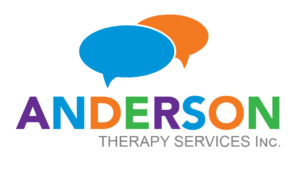Behaviour Therapy and the Role of Positive Reinforcement
What Is It and Why Use It?
ABA therapy uses positive reinforcement to teach new skills and decrease problem Behaviour. Providing positive reinforcement after the person displays the skill, you’re teaching will increase the likelihood of them doing it again in the future. The key is making sure you’re using something that is actually reinforcing, not just something they prefer (could take it or leave it). There must be motivation at that moment in time for successful teaching to happen!
Reinforcers can be food items, toys and activities, or social praise and attention. And not to worry, we’re not going to fill your kid up with cookies and candy for the rest of their lives. There is always a plan to fade out treats, toys, and tech to more natural reinforcer (such as social praise).
Once you have identified the magical be-all-end-all reinforcer, reserve it for teaching that specific skill. Consider it your leverage and use it in those clear and simple “First-Then” (First worksheet then iPad) instructions. That will keep the motivation high for it and avoid satiation.
Be mindful that reinforcement changes day-to-day and will increase and decrease throughout the day (for example, food items are more motivating when hungry, coffee is more motivating in the morning, time outside is more motivating on a beautiful sunny day, etc.). Finding the perfect reinforcer can be tricky, so we often use a preference assessment… reach out to learn how to get started!
Tips and Tricks
- Reinforce immediately (within 3-5 seconds!) to establish a strong connection between the Behaviour they demonstrated and the consequence it led to. Being reinforced minutes, hours, or days later will not have the same impact, and the skill will take longer to learn
- Consistently reinforce the behaviours you want to see! Reinforce after EVERY correct production of the target behaviour at least initially; then fade it to a more natural reinforcement schedule. This helps keep the expectation clear and allows you to capitalize on all those awesome teachable moments
- Be specific with your feedback/praise (“I like how you started on your work right away!”) so they know what they did well, and that they are on the right track
- Save your energy; give less attention to when you see problem behaviours and more attention (plus reinforcers) to the good stuff to teach the child that good behaviour gets you good things, and problem behaviour no longer works! Catch them when they are good.
- Every once in a while, throw in a SURPRISE reward to keep good behaviours coming. For example:
- Giving up the iPad is hard for your child, and one magical day, when you ask for it back they hand it over right away without complaint = “SURPRISE BONUS 2 minutes of play” and tons of social praise (smiles, high 5’s)!
- Transitioning between activities may be challenging. You give the “Time to start homework” transition signal, wait for the explosion, but instead, your child enters the room to get started = “SURPRISE- BONUS 5 minutes of play” and your undivided attention!






